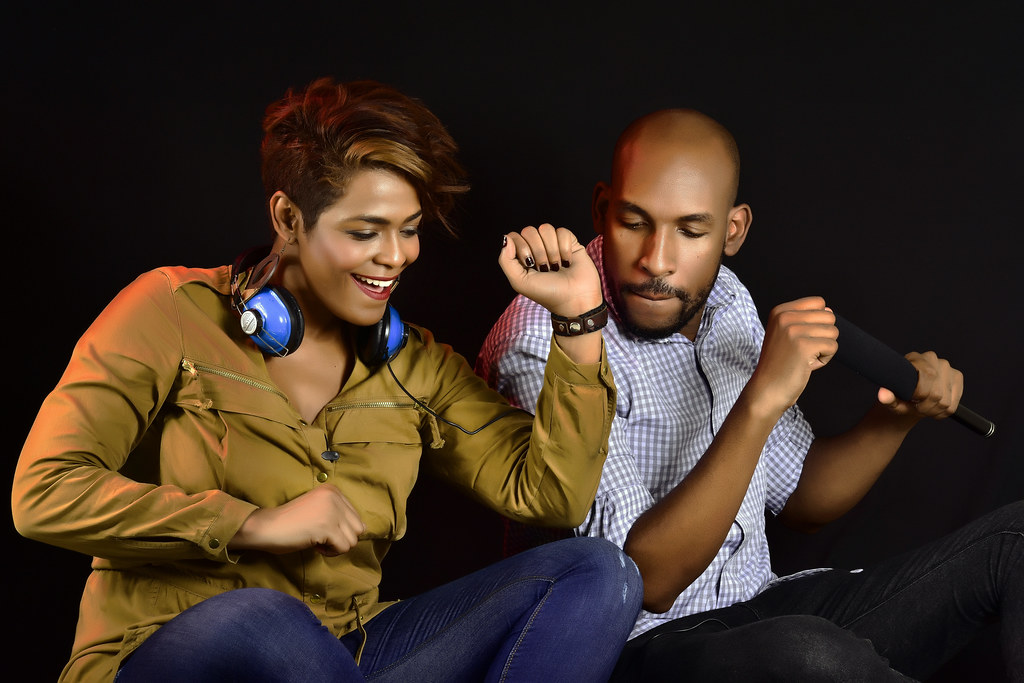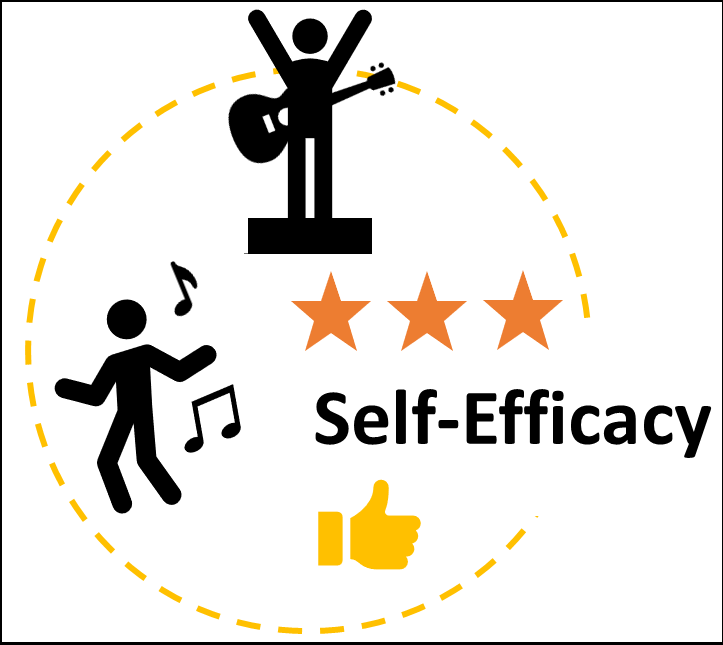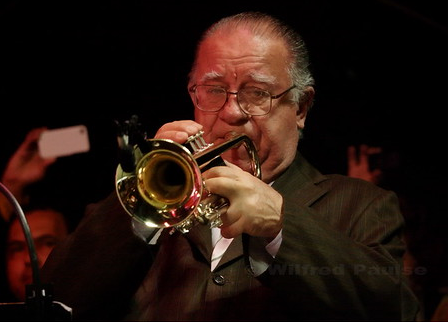See also: Articles on Music, Hearing Loss, and Hearing Devices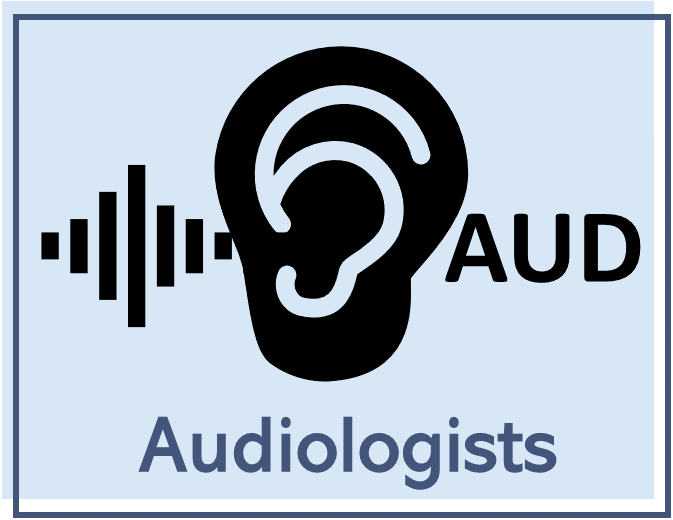
As you read this website, keep in mind the following:
-
People with hearing loss can differ in many ways.
-
Some information may be more applicable.
-
Pick and choose the information most useful for you.
Music Enjoyment, Hearing Loss, and Self-Efficacy:
Information for Audiologists
1, 2
This page is primarily for hearing professionals. Click below to find information that may be useful for your patients:
After implantation, I needed to totally relearn music.
Hearing devices like hearing aids, cochlear implants, and assistive devices improve thresholds but do not restore hearing to normal. Unfortunately, music, in particular, can sound less enjoyable with hearing devices.

Q. Can hearing professionals assist those with hearing devices to improve music experiences?
A. Yes, hearing is a process that consists not only of the ability to detect sound by the ears but also the ability to extract meaningful information from that sound in the brain. Also, patients' attitudes and beliefs play a major role in how they perceive situations and how they believe in response to different listening situations involving music. Unfortunately, there are no easy 'fixes' to make music sound just the same as before hearing loss. Nonetheless, people with self-efficacy and perseverance can re-establish greater music enjoyment.
Q. What is self-efficacy? 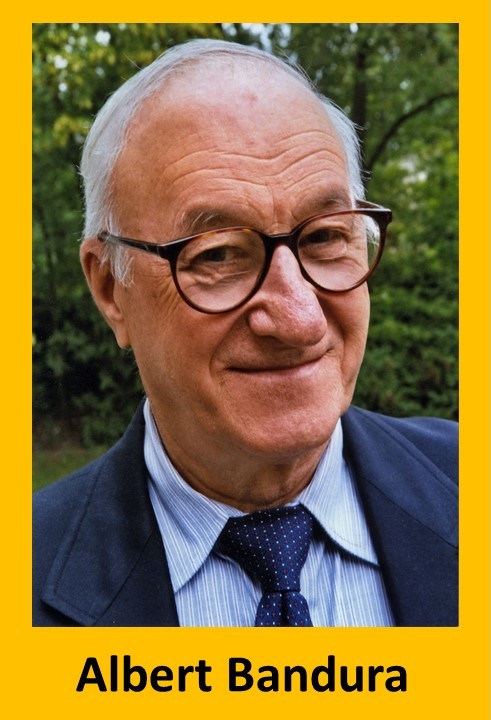
A. Self-efficacy refers to people's beliefs about their abilities to effectively perform the tasks need to attain a valued goal (Bandura, 1994). In fact, it plays a major role in audiological rehabilitation, which often requires patients to change their behaviors. Self-efficacy is domain specific; in other words, people may feel more confident about some aspects of their life than others. For instance, one person may feel confident managing his or her hearing devices but feel embarrassed about seeking help in difficult listening situations. Self-efficacy helps to determine how much effort patients put forth and how high or low they set goals.
Hearing device users who have high levels of self-efficacy tend to have the following traits:
Motivated
-
Self-motivated to seek out useful hearing devices and support from hearing professionals
-
Accept input and encouragement from family members and friends to make the most of their hearing and hearing devices
-
Tend to be more satisfied with their hearing aids
-
Seek out music that sounds more enjoyable
-
Try assistive listening devices (ALDs) to improve listening
-
Search for resources on music and hearing devices
-
Practice listening and try more challenging musical sounds
Positive attitude
-
Acknowledge having a hearing loss, while believing that they can find strategies to improve listening
-
Find benefits from hearing devices rather than focusing only on the limitations
-
Feel proud of developing new listening skills
Personality traits
-
Have an open mind. Is willing to try new things and experiment
-
Set up practical, routines for using hearing devices and assistive listening devices, and practicing
-
Exhibit a higher internal locus of control – the belief that you can control your behaviors and your environment
Seeks expert input
-
Go to audiology appointments with questions about how to enhance musical and spoken communication
-
Ask about assistive listening devices and programs that might enhance listening [Click here to learn more about assistive listening devices]
-
Look for community or online user groups and training programs [Click here to learn more about music training]
I go to a lot of rock concerts and while I may not have complete quality sound that I can enjoy without lots of effort, I have not made it a factor when determining whether to go to a show or not.
With the instruments, I enjoy listening several times and discovering new aspects in a song that I didn’t catch the first time.
Q. What is the importance of self-efficacy in aural rehabilitation on music perception and enjoyment?
A. A higher self-efficacy is needed for:
-
Successful, consistent use of hearing devices
-
Taking the initiative to improve listening circumstances. (Click here to learn more about music as background noise)
-
Attaining self-advocacy (Click here to learn more about self-advocacy)
-
Establishing realistic expectations for music listening
-
Assertive, consistent use of problem solving strategies or accommodations
I feel it is up to the CI user to step up and ask what the conversation is about. and make them [conversation partners] aware of my presence. Training should include straightforward discussion with CI users that they need to take control in their conversational groups.
I’ve been known to ask the hosts to turn [loud music] down/off, and it usually ends up that other people thought it was too loud as well but didn’t want to say anything.
Q. How can self-efficacy be improved?
A. Self-efficacy can be increased by four main sources (Bandura, 1994):
-
Mastery experiences
-
Vicarious learning
-
Verbal persuasion
-
Emotion
Mastery experiences
-
Direct experiences in successful music listening or music making are perhaps the most powerful way to develop self-efficacy in music.
-
Successfully completing a task leads to higher mastery expectations
-
-
Remember that music listening is a dynamic, multifaceted phenomenon, with musical combinations, environmental factors, and the listener’s internal state changing over time. (Click here to view what factors impact music experiences of CI users)
Here are some strategies that can be helpful to improve music listening through cochlear implants and hearing aids:
-
Click here to learn more about tips for listening to music through hearing aids
-
Click here to learn more about how other factors impact music listening and strategies.
-
Click here to learn more about how the listening environment affects music enjoyment and strategies.
-
Click here to learn more about how different musical sounds affect music listening and strategies for music listening.
Vicarious learning
-
Participants observe the actions of others and gain an objective understanding of favorable performances. It gives them an idea of options they can try, and how they would benefit from building trust in themselves. Observing role models boost motivation and give us the power to accept and accomplish challenging tasks
-
Witnessing successful completion of a task by others can also bolster the clients’ belief that they too can succeed!
-
This is particularly powerful when clients observe those who are similar to them with sustained success.
-
For example, if CI recipients watch that their friend with a CI asks a waiter at a noisy restaurant to turn down the background music and resolve a difficult communication situation effectively, they might also think, ‘Hey, I can do that too!’
-
Verbal persuasion
-
Positive feedback from others such as loved ones, audiologists, and therapists can also have a positive impact on patient's self-efficacy.
-
Verbal persuasions include encouragement and praise from others. For example, positive feedback from a customer can immediately motivate a new seller and give him the zeal to keep working hard. Verbal persuasions can also be self-directed. For example, setting aside a few minutes each day to repeat affirmations like – “I am trying hard”, “I can overcome this”, “I am able to do more than before,” can immensely help in creating a strong sense of self. Irrespective of their talents, success, and failures, patients can get the power to accept themselves and keep seeking better results.
-
Verbal persuasion is more effective if given by a credible and trustworthy person.
Physiological or psychological arousal
-
Physical reactions and emotions to situations also play an important role in one’s self-efficacy.
-
Mood, physical responses, and stress levels can all impact clients’ motivation, energy level, and how they feel about their abilities in different listening situations.
-
Music listening requires effort or attention; many individuals with hearing devices face fatigue, cognitive overload, and emotional frustrations in noisy and tiring listening conditions, avoiding those circumstances altogether.
-
Avoidance contributes to social isolation which negatively impacts the quality of life and emotional well-being.
-
For example, if CI users are overwhelmed with anxiety and stress at the very thought of having conversations with friends at a jazz bar with live music, then this is a situation in which they are not competent.
-

Q. How can hearing professionals encourage self-efficacy to optimize music enjoyment?
Providing support for a strong sense of self-efficacy through mastery experiences:
-
Begin with easier tasks that can be achieved, and gradually build upon small successes; with practice, move to more difficult tasks.
-
Break down new skills into small steps or achievable goals and teach over multiple sessions if time is limited.
-
-
Set practical and meaningful hearing goals. (e.g., patient's goal is to go out to a nice quiet restaurant with friends, or to improve their understanding of the words to the songs that are played in movies).
-
Share domain-specific knowledge about hearing devices, speech reading, closed captioning, and ALDs.
-
Allow hands-on practice in a supportive environment with the provision of immediate feedback and correction.
-
For example, a patient can practice manipulating and using a mini mic or settings compatible with hearing loops in auditoriums.
-
-
Provide opportunities to practice role-playing in groups or with caregivers or loved ones who come to the appointment.
-
For example, a role-play could focus on switching programs in different music listening situations (car vs. concert hall) and discuss how the patient might broach the topic, what to say, what reactions to expect, and how to cope with those reactions.
-
-
Provide active fitting programs, such as guided, patient-centered care, with "homework." Communication courses focusing on hearing tactics, role play, and informational brochures may increase the perception of hearing device sound quality, use, and satisfaction - even months later.
-
Provide access to music training or resources so that the patients can learn strategies for and barriers to optimizing music experiences.
Providing videos or modeling particular tasks:
-
Provide instructional DVD or online video tutorials to demonstrate confident completion of hearing device tasks in difficult listening environments.
-
Video-record the clients completing a task so that they can serve as their own model (i.e., self-modeling)
-
Patients can identify what is being done correctly or incorrectly and use that information to reinforce or alter performance for that skill or behavior.
-
-
Have a significant other complete the task well.
-
Video modeling can also address specific behaviors and skills including listening tips, communication skills, problem-solving behaviors, routines/procedures, self-advocacy, daily living skills, and social skills.
-
Have a patient practice cognitive rehearsal (mental visualization) to visualize themselves performing the task successfully.
-
Encourage patients connect with other individuals with hearing devices to share experiences and information on assistive listening devices, strategies, and resources.
I have 3 uncles who got the cochlear implant prior to myself, and I spent several hours discussing the ins and outs of the device with them, therefore they have been my primary resource.
It was always interesting in HLAA groups to hear about other deaf/hard of hearing individuals’ experiences in complex listening environments and what they did or did not do to fix the problem.
Providing verbal encouragement:
-
Spend more time identifying and acknowledging patients’ achievements rather than dwelling on their difficulties.
-
Discuss the gradual nature of the rehabilitation process. Provide realistic feedback. Give constructive comments.
-
Provide positive reinforcement and encouragement when they complete a task successfully. Remind your patients what they are capable of, and motivate them when they face any challenge ahead of them.
-
Encourage patients to use trial and error, how to use technologies that can improve music, and to learn how to cope with challenges of experiencing music.
-
Encourage patients to find what works best for them (e.g., avoidance of complex sounds or difficult listening situations, active listening, repetition/practice, choosing familiar music, looking up lyrics, using external microphones or closed captioning, adjusting the volume/sensitivity, lip-reading, repeated listening, choosing location or proximity, or finding more accessible genres.)
-
-
Demonstrate skills or strategies.
-
Reducing negative emotional and/or physical stressors:
-
Provide a calm, relaxed environment with ample time to practice skills instead of rushing through the task.
-
Take a break from the skill that may be causing increased negative states and work on a different, possibly easier, skill.
-
Ask the patient (and/or the family) what causes these negative states when performing the skill associated with music listening or playing; counsel them accordingly.
-
Encourage patients to practice stress management techniques such as deep breathing, meditation when they feel overwhelmed, stress, or nervous.
-
Provide written and audiovisual material that the client can review later to reduce anxiety.
-
Suggest getting adequate sleep for maintaining proper hearing heath.
-
References
Dammeyer, J., Marschark, M., & Zettler, I. (2018). Personality traits, self-efficacy, and cochlear implant use among deaf young adults. The Journal of Deaf Studies and Deaf Education, 23(4), 351-359.
Davis, A., McMahon, C. M., Pichora-Fuller, K. M., Russ, S., Lin, F., Olusanya, B. O., ... & Tremblay, K. L. (2016). Aging and hearing health: the life-course approach. The Gerontologist, 56(Suppl_2), S256-S267.
Ferguson, M. A., Woolley, A., & Munro, K. J. (2016). The impact of self-efficacy, expectations, and readiness on hearing aid outcomes. International Journal of Audiology, 55(sup3), S34-S41.
Gfeller, K. E., Driscoll, V. D., & Schwalje, A. (2019). Adult cochlear implant recipients’ perspectives on experiences with music in everyday life: A multifaceted and dynamic phenomenon. Frontiers in Neuroscience, 13, 1229.
Gfeller, K., Mallalieu, R. M., Mansouri, A., McCormick, G., O’Connell, R. B., Spinowitz, J., & Gellinek Turner, B. (2019). Practices and Attitudes That Enhance Music Engagement of Adult Cochlear Implant Users. Frontiers in neuroscience, 13, 1368.
Meyer, C., Hickson, L., & Fletcher, A. (2014). Identifying the barriers and facilitators to optimal hearing aid self-efficacy. International Journal of Audiology, 53(sup1), S28-S37.
McMullan, A., Kelly-Campbell, R. J., & Wise, K. (2018). Improving hearing aid self-efficacy and utility through revising a hearing aid user guide: A pilot study. American journal of audiology, 27(1), 45-56.
Saunders, G. (2020). Hearing help-seeking behavior. In Montano, J. J., & Spitzer, J. B. (Eds.). Adult audiologic rehabilitation. (pp. 135-148). Plural Publishing.
Smith, S. L., & West, R. L. (2006). The application of self-efficacy principles to audiologic rehabilitation: A tutorial. American Journal of Audiology.
Smith, S. L. (2014). Promoting self-efficacy in patient-centered audiologic rehabilitation for adults with hearing loss. Perspectives on Aural Rehabilitation and Its Instrumentation, 21(1), 24-32.
Smith, S. L. (2019). The role of self-efficacy in the audiologic rehabilitation process. In J. J. Montano & J. B. Spitzer (Eds.), Adult audiologic rehabilitation (pp. 265-280). Plural Publishing Inc.
Vestergaard Knudsen, L., Öberg, M., Nielsen, C., Naylor, G., & Kramer, S. (2010). Factors Influencing Help Seeking, Hearing Aid Uptake, Hearing Aid Use and Satisfaction With Hearing Aids: A Review of the Literature. Trends in Amplification, 14(3), 127-154.
Click here to review references used in preparation of this website.
1. All images on this website are used under Creative Commons or other licenses or have been created by the website developers.
2. Click here to access the sources of images on this page.
